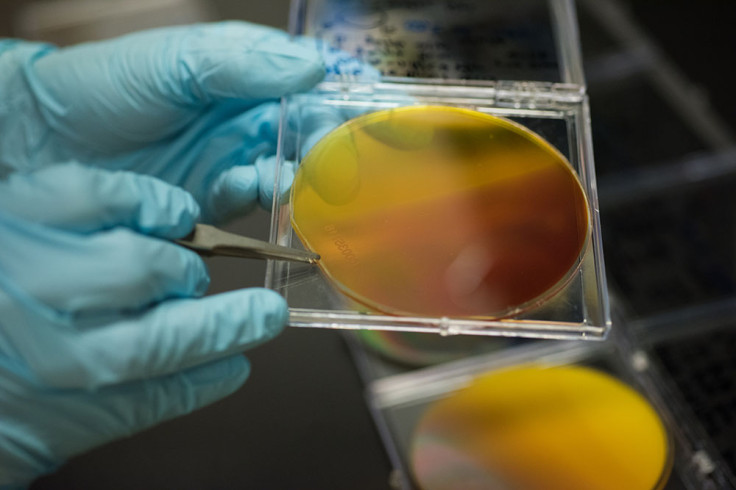Quest for clean energy just took a big step forward with solar fuel breakthrough
Scientists just doubled the number of materials that could be used in solar fuels.

Research into solar fuels has taken a major step forward, with scientists nearly doubling the number of materials that could be used in the process. By having more materials available, the speed at which commercially viable solar fuels could be discovered has increased – a breakthrough that would allow us to replace fossil fuels with clean energy.
Solar fuels are created with carbon dioxide, water and sunlight. However, to generate power the water molecules have to be split – and this requires a solar-powered catalyst.
In a study published in the journal PNAS, researchers from Caltech and Lawrence Berkeley National Laboratory have now vastly increased the number of materials that have the potential to provide this catalyst.
To create solar fuels, scientists must extract the two hydrogen atoms from water molecules then reunite them to create a flammable gas, or combine them with CO2 to create hydrocarbon fuels.
To get the water molecules to split, scientists are working to develop materials called photoanodes. These split the water using light as a source of energy.
Researchers have now developed a new method of identifying photoanodes and, as a result, have taken the number of materials that have potential as solar fuel materials from 16 to 28. What's more, they say the technique will lead to even more candidate photoanodes in the near future.

John Gregoire, one of the study authors, said: "This integration of theory and experiment is a blueprint for conducting research in an increasingly interdisciplinary world. It's exciting to find 12 new potential photoanodes for making solar fuels, but even more so to have a new materials discovery pipeline going forward."
The new process combines computer models with experiments. They created a database that meant they could screen materials based on their properties, before testing only the most promising candidates.
"The key advance made by the team was to combine the best capabilities enabled by theory and supercomputers with novel high throughput experiments to generate scientific knowledge at an unprecedented rate," Gregoire said.
Concluding, the scientists said their work has the potential to provide materials that can be used in for the generation of chemical fuels from sunlight.
© Copyright IBTimes 2025. All rights reserved.






















